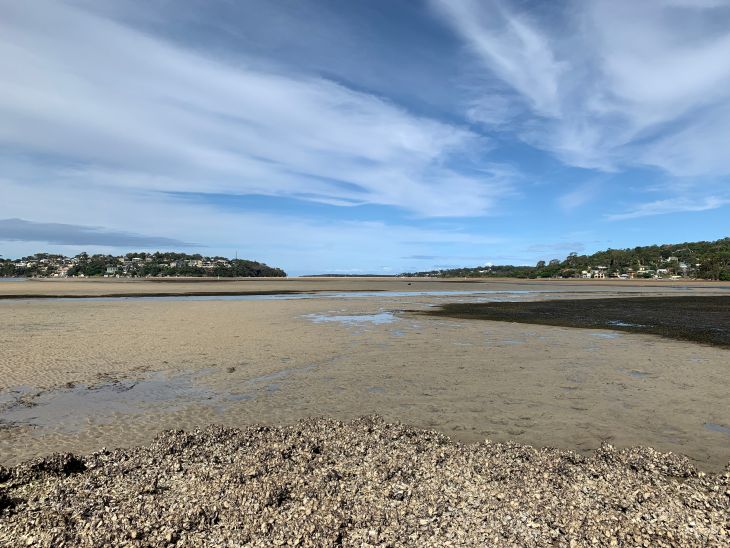More than 85 percent of naturally occurring oyster reefs have been lost in recent decades due to disease, overharvesting, global warming and pollution. Three reefs that have maintained their oyster populations naturally are in New South Wales, Australia: Gamay (Botany Bay), Port Hacking and Crookhaven (on the Shoalhaven).
Scientists from the University of Sydney and the Sydney Institute of Marine Science (SIMS) have studied these oyster havens to find out what has sustained their populations and how lessons from the reefs can be applied to reef restoration projects.
They found reef restoration must consider local wave and tidal impacts, reef shape and orientation. Each site can then maximise oyster sustainability, provide habitats for grasses, and act as coastal protection from storms and erosion.
The study has been published in Geomorphology.
Author Professor Ana Vila-Concejo from the School of Geosciences at the University of Sydney said there is no one size fits all when it comes to oyster restoration.
“It is vital that reef restoration considers local factors. Different locations need different sized reefs and varied design. This can also help mitigate the erosion processes caused by urbanisation,” she said.
“As well as helping to satisfy the demand for oysters as food, these reefs are an important barrier that can protect coastlines from erosion and storm damage.”
















